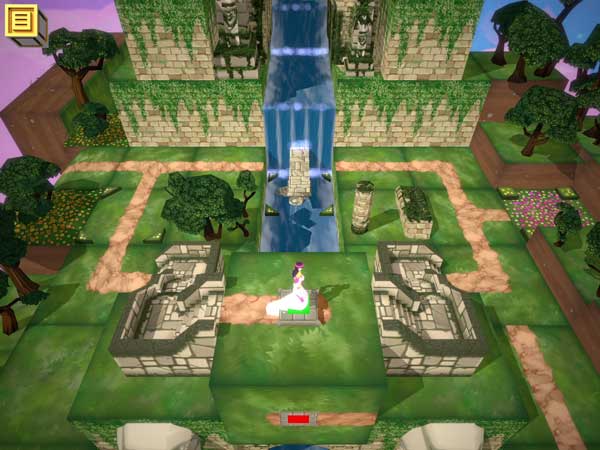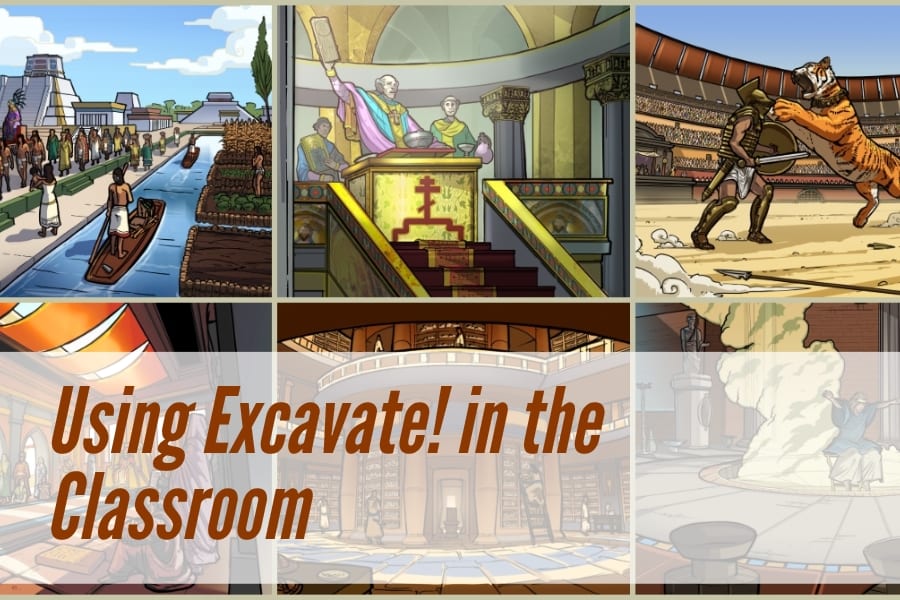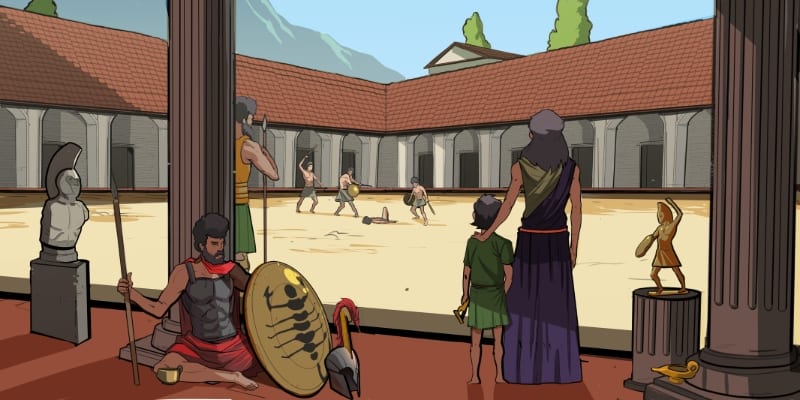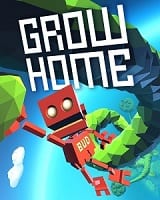International Archaeology Day 2021
International Archaeology Day 2021
Start digging up artifacts virtually in our free archaeology game Excavate! Egpyt
It is that time of the year again for International Archaeology Day on Saturday October 16, 2021. There are plenty of events available on the Archaeological Institute of America events calendar for in-person and virtual events.
DiG-iT Games is promoting archaeology day with a virtual event to promote archaeology and cultural awareness. The culture for 2021 is ancient Egypt. Introduce your family and friends to the fundamentals of archaeology in our online game Excavate! Egypt. Dig through multiple layers of strata across four culturally important sites to unearth over 50 artifacts. The game is free to play.
Ask The Game Developer
From 9:00AM to 5:00PM (US EST) the team at DiG-iT! Games®, including archaeologist Suzi Keehn (Wilczynski), will be available to answer questions through our help desk channel or social medial channels (@digitgames) about the game.
Play After October 16
Can’t find time to play on archaeology day? Excavate! Egypt is always free to play online. Play it with the family or integrate it into lesson plans in schools, museums and other cultural activities.
International Archaeology Day
from AIA
International Archaeology Day (IAD) is a celebration of archaeology and its contributions to society. Every October the AIA and archaeological organizations around the world present archaeological programs and activities for people of all ages and interests. Whether it is a family-friendly archaeology fair, a guided tour of a local archaeological site, a simulated dig, or a presentation from a visiting archaeologist, the interactive, hands-on IAD programs provide a chance to uncover the past and experience the thrill of discovery






















 Our discussions around creating a game environment where the ground literally moved under a character’s feet brought immediate connections to
Our discussions around creating a game environment where the ground literally moved under a character’s feet brought immediate connections to  Roterra’s story sprung from a confluence of art and literature. From the Odyssey to Shakespeare, folk tales from throughout history showcase the hero’s journey to control the chaos around him.
Roterra’s story sprung from a confluence of art and literature. From the Odyssey to Shakespeare, folk tales from throughout history showcase the hero’s journey to control the chaos around him. 





























